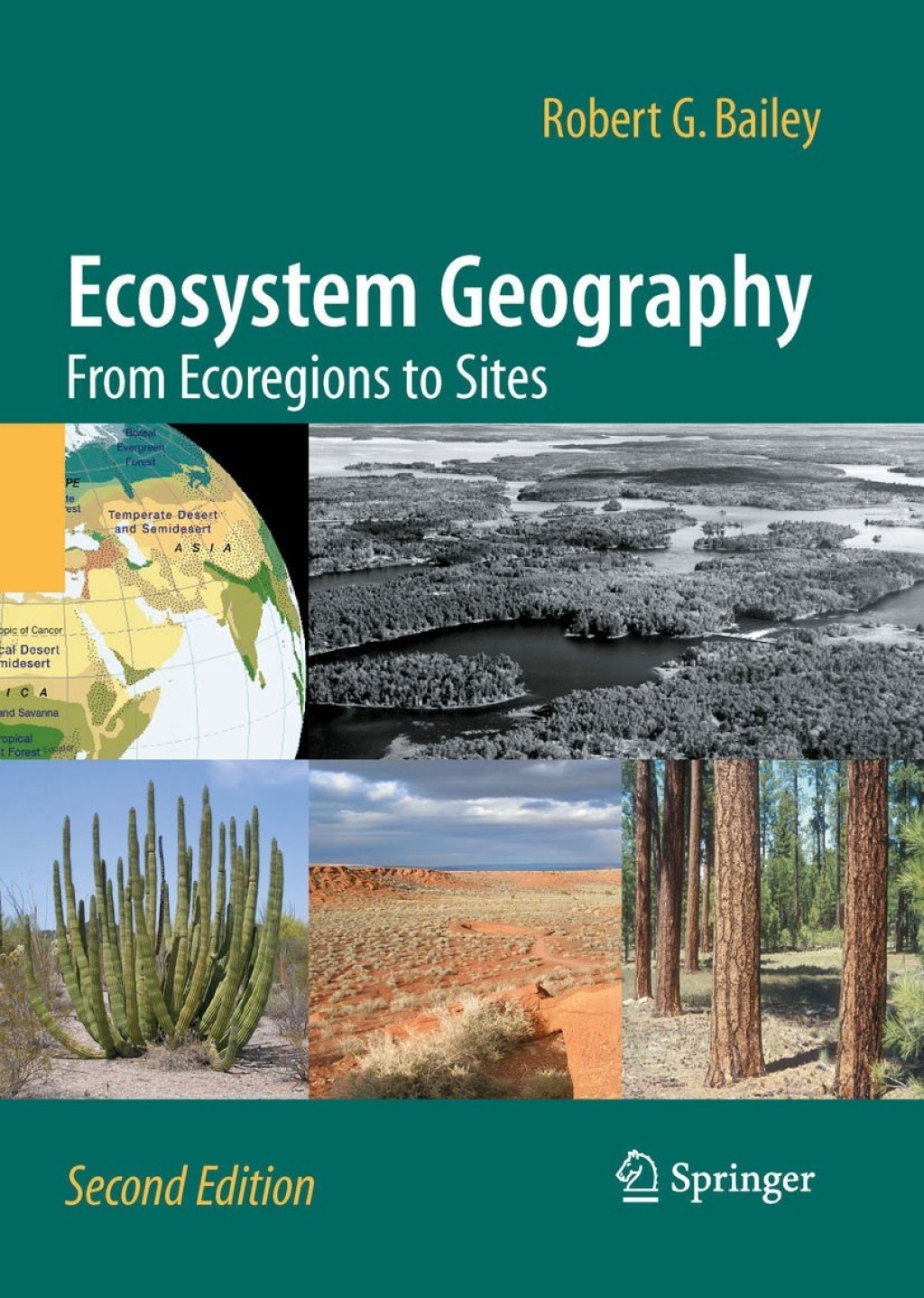and management is presently undergoing enormous change: away L from managing single resources to managing ecosystems. From f- est to tundra, to desert, to steppe, the world’s ecosystems vary vastly. To manage them effectively we need to understand their geographic d- tribution better. We need to do this at various levels of detail because ecosystems exist at multiple scales in a hierarchy, from regional to local. Maps are needed to display ecosystem distribution and hierarchy. Until now, information on de?ning ecosystem boundaries has been scarce. This book is the ?rst to clarify and systematize the underlying principles for their mapping. It presents a synthesis of the knowledge in this ?eld and provides a guide to its use. I recommend this book to all who are involved in the study and m- agement of ecosystems. Chief, USDA Forest Service Jack Ward Thomas v Preface to the Second Edition his book outlines a system that organizes the Earth into a hierarchy T of increasingly ?ner-scale ecosystems that can serve as a consistent framework for ecological analysis and management. The system consists of a three-level hierarchy of nested ecosystem units and their associated mapping criteria. Delineation of units involves identifying the envir- mental factors controlling the spatial geography of ecosystems at va- ous levels and establishing boundaries where these factors change s- ni?cantly. Macroscale units (ecoregions) are climatically controlled and delineated as Köppen–Trewartha climate zones.
“Essentials of Pediatric and Adolescent Gynecology” has been added to your cart. View cart
Ecosystem Geography From Ecoregions to Sites 2nd Edition
Author(s): Robert G. Bailey
Publisher: Springer
ISBN: 9780387895154
Edition: 2nd Edition
$39,99
Delivery: This can be downloaded Immediately after purchasing.
Version: Only PDF Version.
Compatible Devices: Can be read on any device (Kindle, NOOK, Android/IOS devices, Windows, MAC)
Quality: High Quality. No missing contents. Printable
Recommended Software: Check here










